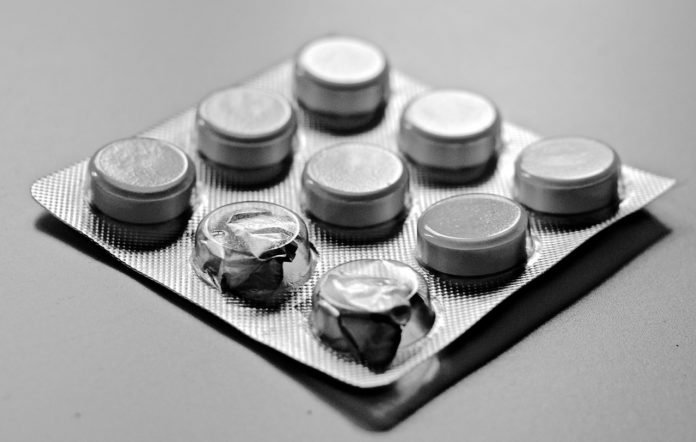Gliflozins can cause a potentially lethal build-up of acid in the blood in patients with normal blood sugars
A new class of diabetes medications could be masking the potentially dangerous condition of ketoacidosis at the time of surgery.
Testing for acid load in the blood of diabetes sufferers who are taking gliflozin medications is needed in order to avoid complications associated with ketoacidosis – a potentially lethal build-up of acid in the blood.
A study published in the British Journal of Anaesthesia found 42 cases of people with diabetes who presented for various surgeries, while taking gliflozin medications, experienced ketoacidosis while their blood sugar level was normal.
Gliflozins also called, Sodium glucose co transporter 2 (SGLT2) inhibitors lowers blood sugar by helping the kidneys to remove excess sugar from the body. Gliflozin medications are being increasingly used to protect people against heart and kidney diseases. The CREDENCE trial showed that canagliflozin, a gliflozin lowers the risk of kidney failure by a third in people with Type 2 diabetes and kidney disease. Canagliflozin was also was found to reduce the risk of major cardiac events as are other gliflozins.
“In the 42 cases identified in the study, euglycaemic ketoacidosis occurred within a few hours after surgery and up to a few weeks after their operation.”
“Euglycaemic ketoacidosis is deceiving and likely to be missed easily as it presents with near or low-normal blood sugars,” says Dr Venkatesan Thiru, Senior Clinical Lecturer, the University of Adelaide.
“The condition may happen in the lead-up to surgery when patients cannot eat and drink normally. It is difficult to recognize euglycaemic ketoacidosis as blood sugar levels are usually normal.”
Diabetic ketoacidosis is a serious complication when the body does not have enough insulin and can’t use sugar to generate energy. Instead, the body uses fat to produce energy and this process leads to accumulation of acids called ketones in the body. Blood sugar levels are always high with this ketone build-up which is called diabetic ketoacidosis. If this problem is not treated, it can lead to coma and death. It is likely to happen with severe infection, loss of hydration, illness or during surgery.
“Euglycaemic ketoacidosis can happen in people with both type 1 and type 2 diabetes. Unless special tests are done to assess the acid load in the body, clinicians can miss this complication. The symptoms are similar to other events during and after surgery such as mild acid build up, vomiting and abdominal pain,” says Dr Thiru.
He added: “In the 42 cases identified in the study, euglycaemic ketoacidosis occurred within a few hours after surgery and up to a few weeks after their operation. Changes in patients’ diabetes medications, diet and illnesses were found to be responsible. Patients who undertake weight reduction surgery when they are on a special diet program are at an increased risk of experiencing this complication.”


